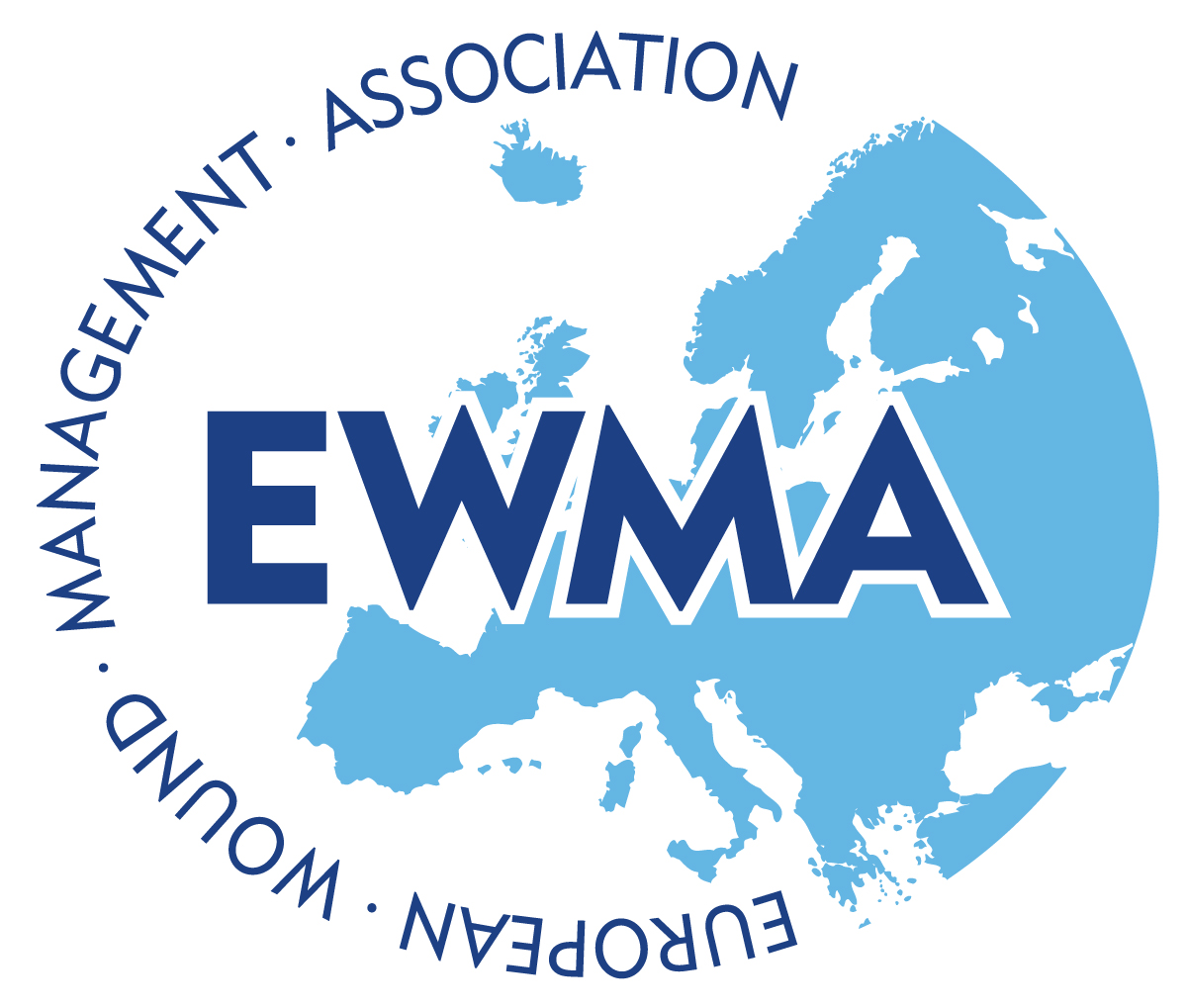Spilling Your Guts: Surgical Wounds and the Benefits of Sutures, Strips, Staples & Glue
Soon after his appendectomy, the eight year old’s mother was anxious for him to stand up tall and walk. He resisted, convinced his stitches would open and his insides would come out. When she lost patience with his hunched posture, he cried in fear while gradually standing ramrod straight. And his stitches gave way.
While nothing spilled out, the boy was traumatized not only from the appendectomy but from the reopening of the wound. Still an inpatient, new sutures were placed quickly.
Known as dehiscence[1], the reopening of surgical wounds is not uncommon. The boy’s fear of insides falling out, known as evisceration[2], is very serious and can be avoided with immediate treatment of dehiscence.
There are many options to close wounds, surgical or any other types. Catgut[3], manufactured from animal intestines has largely been replaced by synthetic materials which provide strength and yet are readily absorbed by the human body. But sutures are no longer the only option for closing a wound or incision. Other options include adhesive strips, staples and glue. Which option is used depends mostly on the type of wound requiring closure.
Sutures[4] are used to sew a wound closed. Dissolvable sutures are often used for internal wound closure. Non-dissolvable suture material must be removed by a medical professional. Sutures are used for deep incisions or wounds, can be done quickly, and are among the lesser expensive options for wound closure.
Staples[5], by look, feel and administration are exactly what one would find in an office supply store. Except those used with wound closure are larger, thicker, sterile, and applied using a medical device. Staples are especially strong and may be used in areas likely to move, such as abdominal incisions. Staples must be removed by a medical provider and done so in a timely manner so that new tissue growth does not grow around the staples causing further injury.
Surgical glue[6] may be used for small incisions that don’t require a lot of hold strength. Unlike other methods, the glue will dissolve and wear off over time, and does not need a medical person to remove it.
Adhesive strips[7] act like a tape to pull a wound closed. Areas where a wound is not in a high stress part of the body can use adhesive strips to close the wound. Caution is essential as individuals may be allergic to the adhesive on the strips.
Regardless of the method used to close a wound or incision, wound care is crucial for proper healing, to avoid infection, and to minimize scarring. Closed wounds establish a clean environment for healing internally and externally; open ones are a gateway for bacteria. Bandages must be changed regularly in a clean environment using clean tools and techniques. Beyond the bandages is the essential need to eat properly to fuel healing. Otherwise, healing can be delayed and there is greater potential for infection.[8]
The eight year old boy’s incision healed nicely with no infection and minimal scaring, and he recovered from both the surgery and the trauma of the reopened wound. His mother, however, is still working through the guilt.[8] https://www.verywellhealth.com/incision-closed-sutures-staples-glue-4055595
ALL REFERENCES USED:
https://www.healthline.com/health/wound-dehiscence
https://www.woundcarecenters.org/article/wound-types/dehisced-wounds
https://www.verywellhealth.com/what-is-dehiscence-and-evisceration-3156922
https://www.forbes.com/sites/quora/2018/09/26/what-is-catgut-really-made-from/#1a9ba9017fce
https://www.verywellhealth.com/incision-closed-sutures-staples-glue-4055595


